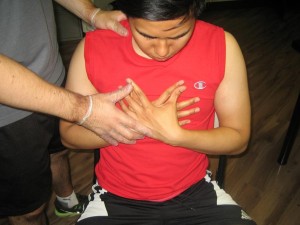Hypothermia is a deadly condition that arises once the body temperature drops beneath the safe level. Babies and elderly are at high risk.
Once the environment becomes colder, the body is required to release more heat by shivering which promotes heat. On the other hand, if the heat loss is higher than the capability of the body to generate heat, the core temperature drops.
When the temperature drops, the body diverts blood away from the skin to lessen the heat lost to the environment. The blood flow is directed to the main organs such as the lungs, heart, brain and kidneys. Remember that the brain and heart are highly responsive to cold and the electrical passage in these organs becomes sluggish due to the cold.

Once the body temperature continues to fall, the organs will fail and eventually death occurs.
What are the signs?
Once hypothermia sets in, the capability to move and think starts to decline. The signs of a mild case include:
- Shivering
- Dizziness
- Rapid breathing
- Nausea
- Hunger
- Difficulty speaking
- Tiredness
- Lack of coordination
- Rapid heart rate
The indications of moderate to severe hypothermia include:
- Shivering, but as the condition worsens, it ceases
- Slurred speech
- Coordination issues
- Severe confusion
- Weak pulse
- Drowsiness
- Lack of concern or apathy
- Slow, shallow breathing
Management of hypothermia
The treatment for hypothermia is based on its seriousness which typically includes the following:
- Passive external rewarming – this involves utilizing the body’s own heat-producing capability. It includes wearing properly insulated, dry clothes and transferring to a warm environment.
- Active external rewarming – this involves the application of warm devices externally such as hot water bottles.
- Active core rewarming – this involves the administration of warm, intravenous fluids to irrigate the body cavities.
More Information / Disclaimer
The information posted on this page on hypothermia is for learning purposes only. Learn to recognize the signs and how it is managed by taking a standard first aid course with Toronto First Aid.
